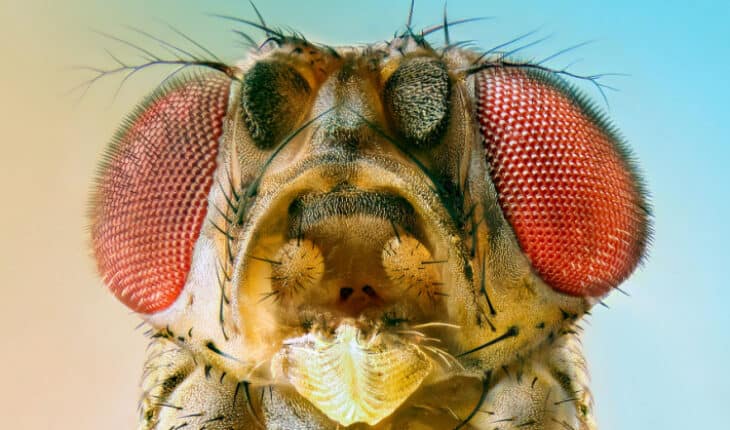The impact of air pollution on insect health: Air pollution particles may be a cause of dramatic drop in global insect numbers. New research shows an insect’s ability to find food and a mate is reduced when their antennae are contaminated by particulate matter.
The impact of air pollution on insect health and reproduction is greater than previously understood and could be contributing to global declines in insect populations, including in remote wilderness areas, new research shows.
Researchers from the University of Melbourne, Beijing Forestry University, and the University of California Davis report that an insect’s ability to find food and a mate is reduced when their antennae are contaminated by particulate matter from industry, transport, bushfires, and other sources of air pollution.
University of Melbourne Professor Mark Elgar, who co-authored the paper published in Nature Communications, said the study was alerting humans to a potentially significant risk to insect populations.
“While we know that particulate matter exposure can affect the health of organisms, including insects, our research shows that it also reduces insects’ crucial ability to detect odours for finding food and mates,” Professor Elgar said.
“This could result in declining populations, including after bushfires and in habitats far from the pollution source.
“As well as being fascinating creatures, many insects play a critical role in pollinating plants – including almost all the crops we rely on for food – and breaking down decaying material and recycling nutrients.”
The research team conducted several related experiments:
Using a scanning electron microscope, they found that as air pollution increases, more particulate material collects on the sensitive antennae of houseflies. This material comprises solid particles or liquid droplets suspended in air and can include toxic heavy metals and organic substances from coal, oil, petrol, or woodfires.
They exposed houseflies for just 12 hours to varying levels of air pollution in Beijing and then placed the flies in a Y-shaped tube ‘maze’. Uncontaminated flies typically chose the arm of the Y-maze leading to a smell of food or sex pheromones, while contaminated flies selected an arm at random, with 50:50 probability.
Neural tests confirmed that antenna contamination significantly reduced the strength of odour-related electrical signals sent to the flies’ brains – it compromised their capacity to detect odours.
In addition, continuing research in bushfire-affected areas in rural Victoria has shown that the antennae of diverse insects, including bees, wasps, moths, and species of flies, are contaminated by smoke particles, even at considerable distances from the fire front.
Insect antennae have olfactory receptors that detect odour molecules emanating from a food source, a potential mate, or a good place to lay eggs. If an insect’s antennae are covered in particulate matter, a physical barrier is created that prevents contact between the smell receptors and air-borne odour molecules.
“When their antennae become clogged with pollution particles, insects struggle to smell food, a mate, or a place to lay their eggs, and it follows that their populations will decline,” Professor Elgar said.
“About 40 per cent of Earth’s landmass is exposed to particle air pollution concentrations above the World Health Organisation’s recommended annual average.
“Surprisingly, this includes many remote and comparatively pristine habitats and areas of ecological significance – because particulate material can be carried thousands of kilometres by air currents,” Professor Elgar said.
- New lipid-based pathway discovered as key to memory formation - 25th June 2025
- Crucial link could explain how Alzheimer’s takes hold - 25th June 2025
- Understanding Your Mind Can Improve Daily Life - 25th June 2025






